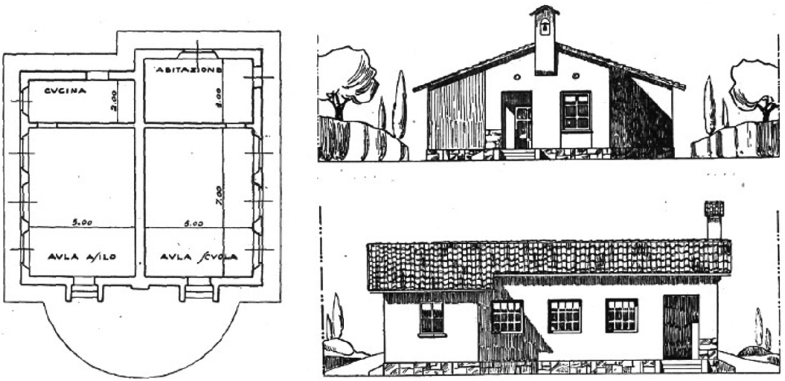Modernist Schools in the New Rural Landscape of the Pontine Plane
Emanuela Margione, N. Lombardini, F. Bonfante, L. Monica

Abstract
Based on a research and fieldwork carried out in the framework of the EU-funded research project MODSCAPES (Modernist Reinventions of the Rural Landscape, funded under HERA JRP III call “Uses of the Past”, Oct. 2016–2019), this contribution focuses on the case study of the Pontine Plain. In the 1930s, as part of Mussolini’s ruralization policy, the vast swampy area was converted into a neatly designed countryside hinged on a hierarchy of villages and medium-sized towns such as Littoria (1932), Sabaudia (1934), Pontinia (1935), Aprilia (1936) and Pomezia (1938). How did architecture contribute to shaping a new “place identity”? This chapter questions the role of schools as fundamental collective buildings, helping the settlers put down roots. School buildings offered architects scope to experiment with new spatial layouts and architectural expressions aimed at the widest possible understanding.
Bonfante, F., N. Lombardini, E. Margione, and L. Monica. “Modernist Schools in the New Rural Landscape of the Pontine Plane”. In Buildings for education. A multidisciplinary overview of the design of school buildings, edited by S. Della Torre, L. Daglio, M. Bocciarelli and R. Neri, 53-62. Springer, 2019. https://link.springer.com/chapter/10.1007/978-3-030-33687-5_5


